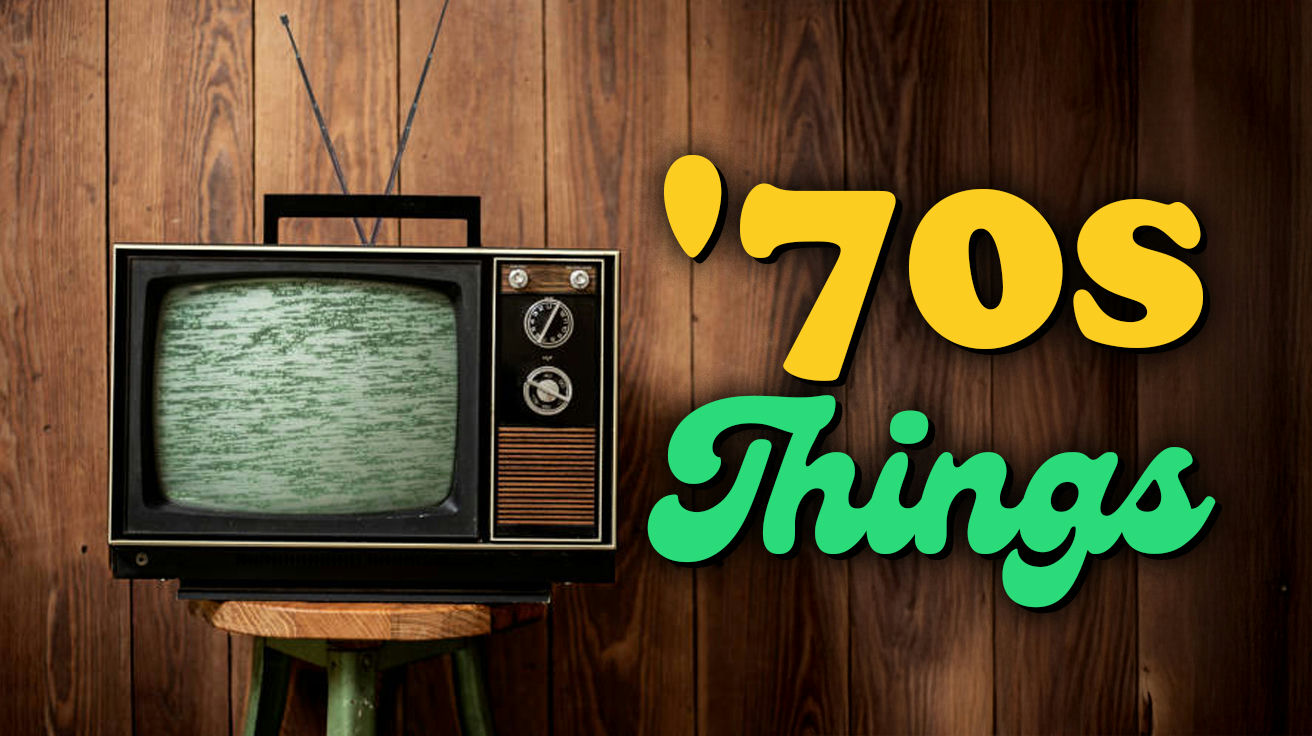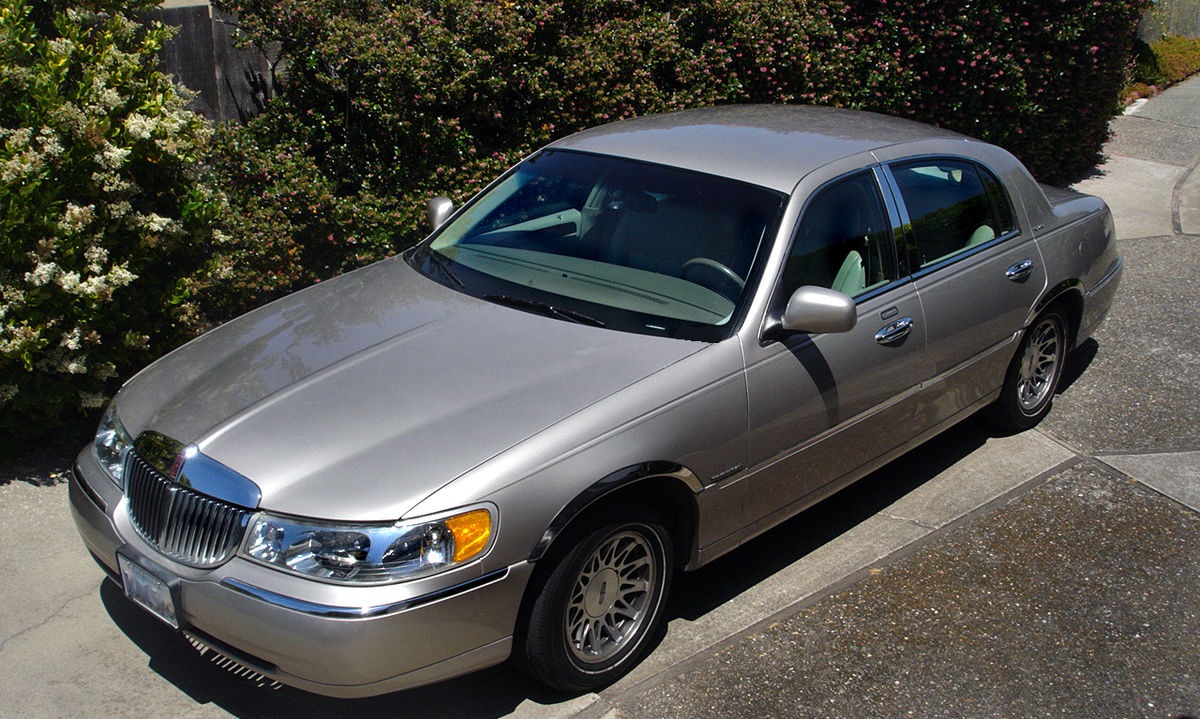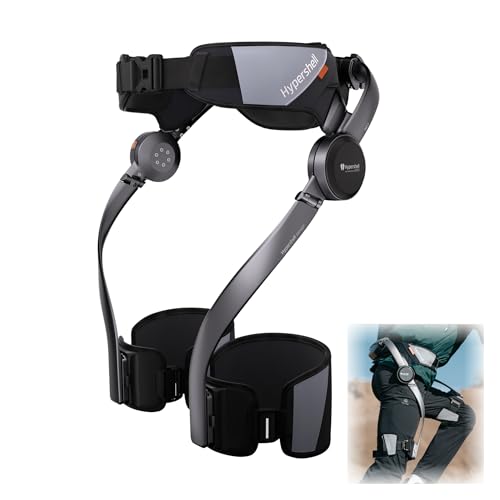Remember when technology required a workout to move? The 1970s stand as that awkward adolescent phase of our tech evolution – filled with brilliant ideas trapped in bulky packages. Bell bottoms had pockets too small for keys, yet TVs needed a moving crew. This groovy decade transformed how we consume media, communicate, and live. Ready for a blast to the past that’ll make you kiss your smartphone?
Before the sleek displays and pocket-sized supercomputers, these technological growing pains shaped our relationship with gadgets. Each item tells a story about innovation pushing against physical limitations. These aren’t just outdated relics – they’re the awkward ancestors of the devices we can’t live without today.
16. Rotary Phones: When Calling Required Physical Labor

Muscle memory and finger strength once determined your phone call success rate. Rotary phones required physical effort that today’s voice assistants would find laughable. Numbers with high digits (8, 9, 0) took painfully longer to dial – creating a bizarre scenario where phone numbers containing mostly low digits became secretly coveted.
Most households owned exactly one phone, hardwired to the wall like it was serving a prison sentence. No voicemail existed for average families, making missed calls truly missed – vanishing into the telecommunications void forever. Long-distance calling incurred per-minute charges resembling small mortgage payments, leading to strictly timed conversations punctuated by parental warnings about the rising cost.
When touch-tone service eventually arrived, many families maintained rotary service because touch-tone cost extra – like paying additional fees for the privilege of not using a typewriter. Next time your smartphone needs charging, remember when phones never needed power but required the finger dexterity of concert pianists.
15. Lack of Sunscreen: When Tanning Meant Burning First

Crispy, lobster-red skin once served as a common vacation souvenir. Sun protection in the 1970s was largely theoretical and widely ignored. Most beachgoers applied oils designed to intensify rather than block ultraviolet rays, essentially marinating themselves for skin damage. Deep tans signified health and leisure time, similar to how smartphones today indicate connectivity and availability.
The concept of SPF (sun protection factor) only became common late in the decade, with minimal public understanding of its importance. This cultural blindspot resulted in sunburns so severe they’d trigger CPS investigations today. Public health campaigns highlighting skin cancer risks emerged only later, gaining momentum through education and growing awareness.
The evolution from actively pursuing sun damage to avoiding it demonstrates how dramatically health knowledge transforms everyday behaviors. Today’s broad-spectrum protection and widespread sunscreen use represent a complete reversal in approach – one of many examples where “the good old days” benefited significantly from scientific progress and public education campaigns.
14. VHS and Betamax: The Format Wars Before Streaming Battles

Mortgage-sized investments once bought the revolutionary ability to record television. Betamax arrived in 1975, with VHS following shortly after, both promising the magic of time-shifting – a concept as revolutionary as teleportation. These 30-pound mechanical wonders cost up to $1,400 – around $7,000 in today’s currency. That’s not a typo. People spent car money on these recording contraptions.
Setting up these devices required the technical prowess normally reserved for NASA engineers. The separate tracking knobs needed constant adjustment, resembling the cockpit controls of a small aircraft. Despite these challenges, the ability to record “Saturday Night Live” while attending dinner parties represented such freedom that people happily emptied savings accounts for the privilege.
The format war eventually crowned VHS the victor, relegating Betamax to the “technically superior but commercially defeated” hall of fame alongside Dvorak keyboards and Betamax tapes.
13. Pull Tab Soda Cans: When Beverages Came With Weapons

Barefoot beach walks once required careful scanning for aluminum landmines. Pull tabs detached completely from 1970s soda cans, creating sharp metallic confetti that littered parks, beaches, and every surface known to humanity. These tiny metal hazards delivered unexpected foot injuries with the frequency of dad jokes at family dinners.
The detachable tabs encouraged disposal methods that would make environmentalists weep – many people simply dropped them into the can, creating potential choking dangers along with their refreshment. By decade’s end, mounting public pressure inspired the stay-on “ecotab” design still used today.
This evolution demonstrates how consumer products adapt to safety concerns – sometimes requiring collective complaints before common sense prevails. Modern beverage containers may seem boring by comparison, but sometimes boring means fewer emergency room visits.
12. Limited Channels: When “Nothing’s On” Really Meant Something

Seven was once considered a TV buffet. Most households received 4-7 channels, making “variety” a theoretical concept. Cable existed but remained as exclusive as a velvet-roped club with a strict dress code. At night, stations actually closed – signing off with the national anthem before broadcasting test patterns until morning, resembling an electronic version of “sorry, we’re closed.”
This scarcity created collective cultural moments that disappeared faster than platform shoes. Entire neighborhoods watched the same shows simultaneously, generating shared experiences that social media algorithms try desperately to recreate today.
Missing “Charlie’s Angels” meant genuine playground exile – no DVR, no streaming, no mercy. The limited selection fostered deeper appreciation for content, similar to how restaurant diners with smaller menus report higher satisfaction. Sometimes less choice creates more meaning – a concept both terrifying and refreshing in our unlimited digital buffet.
11. Ditto Machines: When Copies Came With Contact Highs

Chemical aromas once announced test day better than any school bell. Schools relied on ditto machines that produced worksheets with such distinctive properties that they deserve recognition in the Technology Hall of Fame. These spirit duplicators created purple-inked pages with a chemical aroma so potent that receiving a fresh worksheet became an unintentional sensory experience. Students routinely sniffed these papers with the enthusiasm normally reserved for freshly baked cookies.
Operating these devices left purple stains on hands, clothing, and anything within a three-foot radius. The machines could produce several hundred increasingly faint copies before masters became unusable – creating a classroom hierarchy where receiving an early, dark copy meant winning the worksheet lottery.
Schools, churches, and community organizations depended on these affordable duplicators despite their limitations and the headaches their fumes caused in poorly ventilated rooms. Today’s digital printing offers cleaner, faster document reproduction, but nothing that provides the nostalgic combination of visual, tactile, and olfactory experience that ditto machines delivered with every math quiz.
10. Human Remote: When Channel Surfing Meant Actual Surfing

“Hey kid, change the channel!” echoed through 1970s living rooms nationwide. Channel surfing meant physically approaching the TV like you were making an offering to an electronic deity. The youngest family member typically served as the designated “human remote” – a position with all the prestige of unpaid internship and twice the complaints.
Those manual dials sometimes delivered mild shocks, adding a literal spark to your viewing experience. With only 4-12 channels available, the phrase “nothing’s on” had genuine meaning. This limitation created an “appointment viewing” culture where missing your show meant social exile until reruns arrived months later.
Next time your thumb gets tired from scrolling through thousands of streaming options, pour one out for your 70s ancestors who burned actual calories changing from “The Brady Bunch” to “Happy Days.”
9. Monster TVs: When Screens Doubled as Furniture
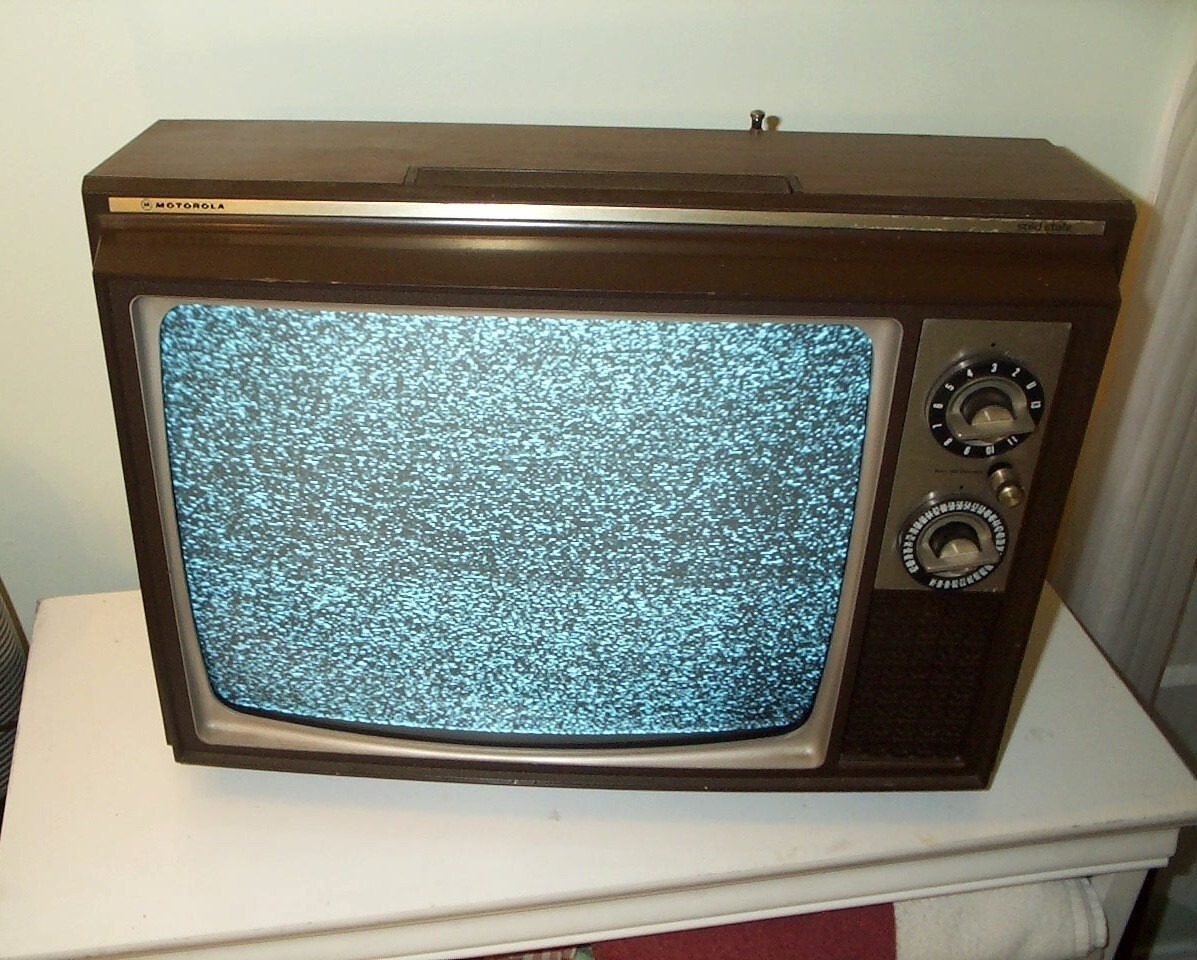
Hernia-inducing entertainment centers once dominated living rooms nationwide. Televisions weren’t hung on walls – they anchored them. These wood-encased behemoths weighed over 100 pounds, turning simple rearrangements into Olympic events. A 25-inch screen (tiny by today’s standards) cost around $600 – that’s $3,500 in today’s cash. Talk about paying more for less!
Moving these electronic mastodons upstairs? Hope you’ve got friends who owe you favors. Despite their dinosaur status, these TVs served as household gathering points where families actually watched together – a concept as vintage as the wood veneer that needed regular polishing. By decade’s end, over half of American homes had color sets, finally turning the black-and-white ancestors to home gadgets of the 1970s no one wants back.
8. VCR Tape Damage: The Original Data Loss

“Eating” videotapes ranked among the VCR’s favorite hobbies. Inserting a tape sometimes initiated an unexpected magic show – now you see your favorite movie, now you don’t! The VCR would suddenly mangle the tape, creating a mechanical equivalent of a toddler with spaghetti. The sound of tape being mangled remains etched in memory similar to nails on chalkboards.
Rescuing damaged tapes required surgical precision with a screwdriver, evoking the tension of defusing bombs in action movies. Rental stores charged substantial “damage fees” that could exceed the cost of purchasing the movie outright. Despite these risks, the shared experience of watching recorded movies created family traditions worth the technical gamble.
While streaming prevents such physical catastrophes, something intangible disappeared with the ritual of carefully rewinding tapes and protecting them like precious artifacts. Sometimes technological progress eliminates problems but also erases meaningful experiences – the digital equivalent of paving paradise to put up a parking lot.
7. Bowl Cuts: When Kitchenware Doubled as Styling Tools

Kitchen utensils once determined childhood hairstyles nationwide. The infamous bowl cut – created by placing an actual kitchen bowl on a child’s head and trimming around it – represented peak DIY efficiency. This circular hairstyle swept across neighborhoods like a highly contagious case of “making do.”
Parents with zero formal training produced these perfectly rounded head toppers with the confidence of brain surgeons. While economical and straightforward, these home haircuts caused social consequences that lasted until the next growth cycle. The bowl cut became so synonymous with 1970s childhood that it serves as immediate visual shorthand in period films – the hair equivalent of avocado-colored appliances.
Fashion designers periodically resurrect modified versions of this look on runways, transforming childhood trauma into high fashion statements worth hundreds of dollars. Sometimes yesterday’s practical solution becomes tomorrow’s ironic fashion choice – a pattern repeating itself like the perfect circle of a bowl cut.
6. Saturday Morning Cartoons: Appointment Viewing for Small Humans
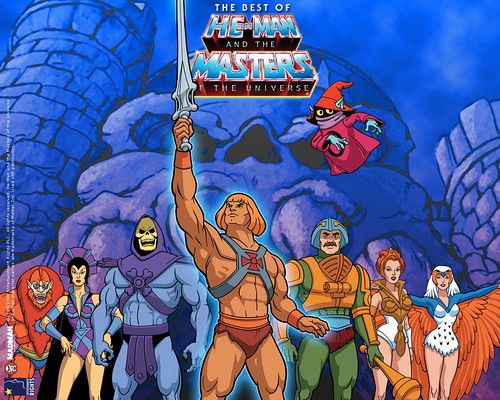
Sugar-fueled animation rituals once dictated weekend family schedules. While today’s kids stream animated content 24/7, 1970s children congregated around TVs on Saturday mornings with the dedication of sports fans at championship games. From 7am until noon, networks aired animated blocks that represented the only cartoon access of the entire week. This scarcity turned Saturday mornings into sacred ritual – complete with sugary cereal and pajamas until lunchtime.
This shared experience created cultural touchpoints as powerful as any TikTok trend. Monday playground conversations centered entirely around these shows with the analytical depth normally reserved for film critics. The rise of cable channels in the 1980s began eroding this collective experience, with streaming delivering the final blow decades later.
Today, children watch content on individual devices, replacing communal viewing with personalized streams. The death of Saturday morning cartoons represents our broader transition from collective to customized media consumption – more convenient but potentially less connecting.
5. Portable TVs: When “Mobile Viewing” Required Biceps

“Portable” once meant “technically movable if you’re determined enough.” These so-called portable TVs featured tiny 5-inch screens that made squirrels look like monsters and monsters look like moving blobs. Calling these backpack-breaking devices “portable” resembled calling a bowling ball “travel-sized.” The plastic carrying handles suggested mobility similar to how spoilers on economy cars suggest speed.
These electronic bricks demanded 6-10 D batteries with the appetite of a teenager after sports practice. Battery life? About 40 minutes – just enough time to get invested in a show before darkness descended. At $100-150 ($600-900 today), these novelty items cost similar to today’s tablets while offering roughly 1/1000th the functionality.
The reception outdoors resembled trying to make a phone call in an elevator – theoretically possible but practically useless. Next time your phone dies at 15%, remember the 70s kid lugging a “portable” TV, forgotten 1970s toys, and a sack of batteries to a slumber party.
4. Smoking Everywhere: When Air Quality Was Optional

Toxic clouds once formed the backdrop of everyday American life. The 1970s offered an immersive multi-sensory experience nobody requested – the inescapable smell, sight, and respiratory impact of cigarette smoke. Nearly 37% of adults smoked regularly, turning every enclosed space into what would today trigger immediate evacuation and hazmat teams. Restaurants, offices, airplanes, schools, and hospitals all permitted indoor smoking with the casual disregard of a villain twirling their mustache.
United Airlines introduced the first non-smoking flight section in 1971 – an innovation roughly equivalent to designating a “non-wet” section of a swimming pool. The ubiquity created air quality comparable to standing inside a chimney. Television banned cigarette advertising that same year, finally removing Joe Camel from between Saturday morning cartoons.
Public health campaigns gradually shifted perspectives, but the smoky environments of the 1970s remain as incomprehensible to modern sensibilities as sending children to work in factories. Sometimes social progress happens so completely that returning to previous norms becomes literally unthinkable.
3. Short Shorts and Tube Socks: The Fashion That Time Judged Harshly

Thighs dominated fashion runways and basketball courts alike. The 1970s embraced a distinctive athletic aesthetic that makes modern viewers question whether everyone was perpetually heading to or from a basketball game. Tight, high-cut shorts paired with knee-high tube socks featuring colored stripes became the unofficial uniform of an entire decade. This combination spread from professional courts to parks faster than gossip in small towns.
Professional basketball players pioneered the look, unintentionally creating a fashion movement with the staying power of polyester itself. Made from materials that science would later improve upon, these outfits offered freedom of movement while providing minimal actual coverage.
While fashion periodically attempts to resurrect elements of this look (often on runways in Milan), the combined short-shorts and tube socks ensemble remains as distinctively 1970s as disco balls at wedding receptions. Modern athletic wear with moisture-wicking technology and compression support makes these vintage outfits seem as primitive as loincloths – proving that not all technological evolution happens inside computers.
2. Corded Remotes: When “Wireless” Was Science Fiction

Trip hazards masqueraded as cutting-edge convenience in 1970s living rooms. Early VCR and Betamax remotes featured 10-12 foot cords that turned homes into obstacle courses worthy of “American Gladiators.” These wired lifelines created tripping hazards that sent more people to emergency rooms than disco dancing injuries.
Walking across the room meant navigating a low-budget version of a spy movie laser scene. The cords suffered damage faster than a child’s enthusiasm for educational television. Despite these limitations, corded remotes represented luxury – the tech equivalent of flying business class when economy sufficed.
Infrared wireless remotes eventually arrived like technological messiahs, freeing families from cord tyranny. This transformation from tethered to wireless control perfectly captures how technology evolves – first as a compromised solution, then as the invisible convenience we take for granted.
1. Antenna Gymnastics: The Original Interactive TV Experience

Aluminum foil sculptures once determined your entertainment quality. Families performed what can only be described as “rabbit ear ballet” with television antennas. These spindly metal appendages required positioning with the precision of a neurosurgeon. One wrong move, and Captain Kirk dissolved into fuzzy oblivion. Aluminum foil – the original signal booster – adorned antennas across America like metallic holiday decorations.
The real daredevils mounted antennas on rooftops, creating lightning rods that doubled as TV accessories. Remember when touching an antenna during a crucial scene would make everyone in the room yell? That wasn’t a bug – it was an early version of social media interaction.
The shared struggle to find that sweet spot where Walter Cronkite’s face came through clearly created a household cooperation that streaming services never will. Who needs Netflix when you’ve got family bonding through collective technological frustration?


